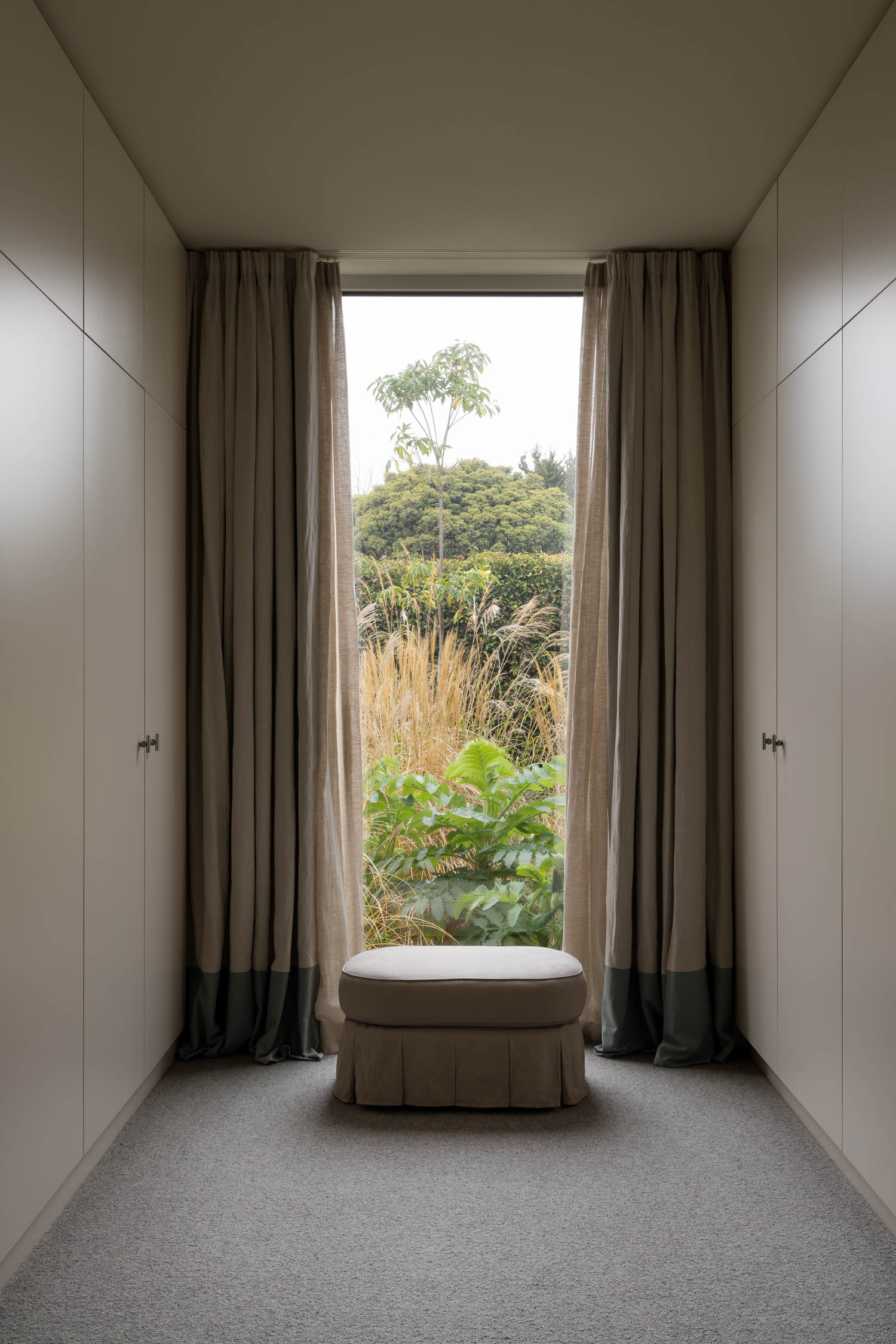Shelter Afrique: Helping Families Out of Poverty

KENNSINGTON, Maryland — How to make housing affordable is a question that architects and policymakers alike have been grappling with for years. This conversation becomes even more complex as the focus turns to providing housing in under-resourced communities and in geographical locations with limited infrastructure and natural building materials. Innovative housing designs, focusing on affordability and sustainability, have emerged as a promising new path for housing security in rural and poverty-stricken areas. Here is information about how home design is helping lift people out of poverty.
Shelter Afrique and the 5000 for 5000 Competition
Among the organizations and governing bodies encouraging this innovation is Shelter Afrique. Shelter Afrique is a Pan-African housing financier that deals exclusively with promoting affordable housing across 44 African countries. In 2016, Shelter Afrique launched the 5000 for 5000 Competition.
This competition aims to “stimulate and reward innovative thinking about how a livable and sustainable home can be designed and produced at a capital cost of no more than $5,000, equivalent to the end user.” Designs are assessed on sustainability, practicability, supply chain innovation and aesthetics. Shelter Afrique will build 5,000 units of each year’s winning design.
Affordable Earth Housing
One of the winning designs of the 5000 for 5000 Competition is the Affordable Earth Housing by Sharon Davis Design. With a model home built in Rwinkwavu, Rwanda, Davis claims the “four-bedroom single family house is an affordable, environmentally sustainable, replicable housing model that promotes community enhancement, safe and healthy living conditions, economic growth and poverty reduction.”
The designers cite efficient design and construction using locally available materials as the key to affordability in this design. In their case, blocks made from compressed soil are used as one of the primary construction materials.
EarthBlock
EarthBlock, one of the companies that helps produce these compressed soil blocks, defines itself as “a high-performance, sustainable, regenerative building material.” The company claims its product “integrates and optimizes all major high-performance attributes, including energy efficiency, durability, life-cycle performance, occupant productivity and livability.”
The organization touts that its product allows for construction materials to be derived directly from the landscape of the construction site, reducing the cost to obtain said materials. EarthBlock’s commitment to affordability is equally significant. The company describes itself as “a business committed to environmental, social and positive economic outcomes in the communities where we live and work.”
Plastic Bottle Houses
Houses made from plastic bottles also offer an affordable solution. These homes use plastic bottles packed with sand as building bricks, which are then bound together. Bottle-brick home designs have been in use since the early 2000s in India, as well as in South and Central America.
In Nigeria, 25 houses using this design were built on a large estate donated by an environmentalist. Each house, suitable for a small family, was constructed with 7,800 plastic bottles. Sand-packed bottles are ideal for hot climates, as the sand acts as an insulator, blocking heat from the sun and keeping interiors cool.
However, unlike other sustainable and affordable designs, plastic bottle bricks require both plastic bottles and sand, materials that are not universally available.
Understanding Affordability and Sustainability
The Borgen Project spoke with Catherine Anderson, an assistant professor of interior architecture at The George Washington University, to better understand the nuances in designing affordable and sustainable homes. Anderson is a Leadership in Energy and Environmental Design (LEED) Accredited Professional, demonstrating her expertise in sustainable building practices.
With this, she has reflected that in architecture, particularly home design, “the idea of sustainability should always be factored in, no matter the location, person or socioeconomic situation of the inhabitants.” While Anderson emphasized the impact sustainable materials such as compressed soil blocks and bottle bricks can have on overall construction costs, she also noted that land and infrastructure installation are critical factors for cost assessment and frugality.
She further stressed that beyond the novelty of these new methodologies, the success of affordable housing depends largely on the community in which the home is built. For affordable housing to succeed, she explained, “the community must be a part of the conversation. Any construction without their participation will not work in the long run.” Anderson cited the work of architect Alejandro Aravena as a prime example of community autonomy being reflected within affordable housing design.
Quinta Monroy
The Quinta Monroy is a community of multi-family residences, located in Iquique, Chile. With just $750,000 to build houses for 100 families, Aravena and his team developed a model that balanced cost efficiency with the essential needs of each family.
What makes Aravena’s design in this community most unique is that the team intentionally left about 50% of each unit to be self-built by its residents. This approach gave families access to high-quality layouts and appliances at an affordable price, while leaving room for gradual additions. The result was housing that exceeded the community’s usual standards yet remained unfinished, allowing residents to shape and expand their homes in the specific ways they desired.
Conclusion
The 5000 for 5000 Competition, Affordable Earth Housing, EarthBlock, plastic bottle bricks and Quinta Monroy are all working in different ways to achieve the same goal: affordable and sustainable housing. While some of these home design models focus more on materials and construction, others focus more on community. However, they all offer a path forward to help individuals out of poverty and homelessness.
– Gwyneth Connor
Gwyneth is based in Kensington, Maryland, USA and focuses on Technology and Solutions for The Borgen Project.
Image: Unsplash
link



:max_bytes(150000):strip_icc()/ms-cozy-living-room-ideas-heidi-harris-d20b6776355843cea943bafdd6a94f44.jpg)

